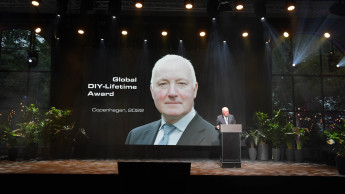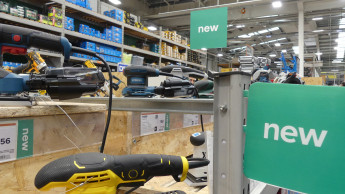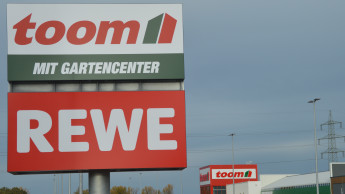

deep insights, facts & figures

The GfK concentrates on a purchaser-based view of the target groups for the FEDIYMA International Consumer Study
How high is the total consumer spend on DIY and garden products in a particular country? Where and how do customers do their shopping? How much do they spend? What is their attitude towards do-it-yourself? How do they live in general? How do they rate which brands? And can they find a commercial scenario that meets their requirements? So far so good. Anyone who hopes to achieve or consolidate a position in a certain market, whether he is a dealer or a producer, puts a lot of thought into questions like these. Consequently, so does the FEDIYMA International Consumer Study 2010, which was undertaken by the "Living" section of the German GfK market research company and presented at the 1st European Home Improvement Forum in Vienna. But less usual is the fact that GfK Living answers these questions in great detail. For example, the market researchers demonstrated this in their international House and Garden Monitor, where they investigated 13 European countries: Germany, United Kingdom, Spain, France, Bulgaria, Romania, Slovakia, Poland, Croatia, Ukraine, Czech Republic, Hungary and Russia. Which are not only the well-surveyed advanced countries but also extremely interesting markets in eastern Europe, about which very little reliable data was available up to then. They start out from their own approach (GfK-Segmentation Plus) in order to define the target groups in such a way that the customers' decisions relevant to buying can be deduced from them. For the GfK doesn't simply stick with socio-demographic descriptions and classifications (eg, "Best Ager", "Middle Class" or the "Silver Generation"). Even the psychosociographic or lifestyle-oriented target group segmentation (eg, "Yuppies", "Lohas" or the "Establishment") is only part of their approach. The international GfK House and Garden Monitor is centred rather on a purchaser-based segmentation which, as the name says, concerns itself with the purchase-relevant attitudes of potential customers to a particular subject. One of the most important topics for the DIY market is people's attitudes to renovations. The GfK has segmented seven renovation types that are significant in east and west Europe and, on average, can be identified with a relatively similar percentage of between 13 and 16 per cent of the population: the price-oriented selfmade renovator, the brand-oriented cocooner, the last-minute layman, the independent DIY potential, the brand-oriented hobby DIYer, the trend-oriented delegator and the…
Related articles
Read also

 Menü
Menü












 Newsletter
Newsletter